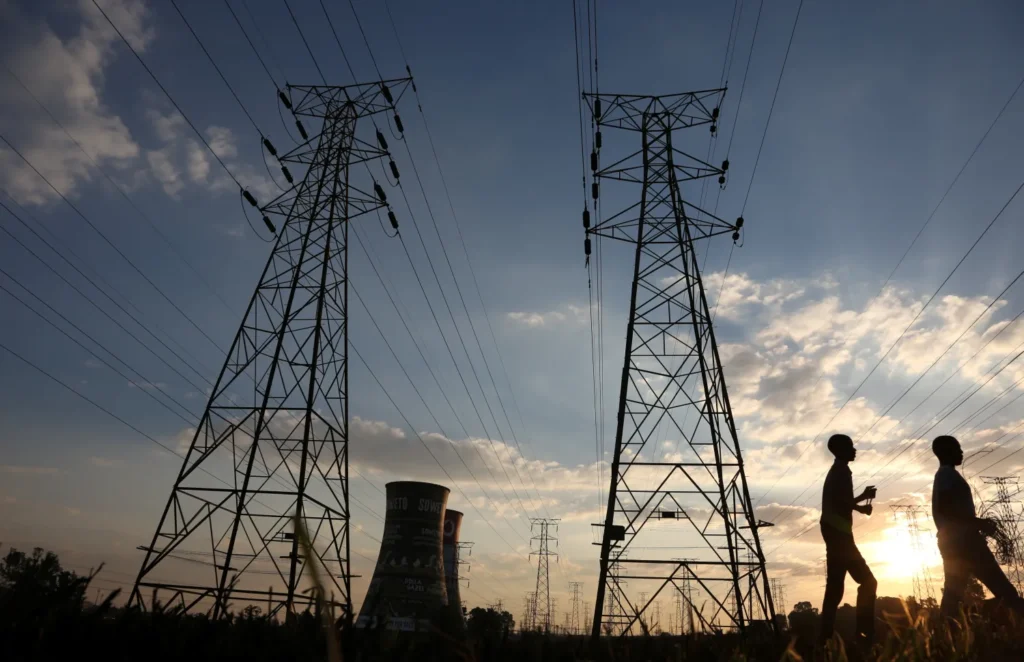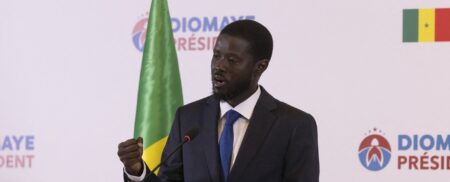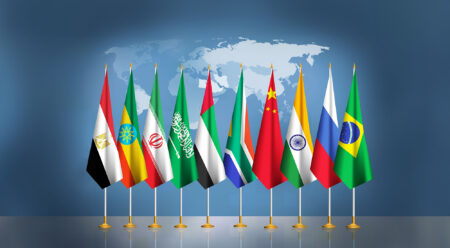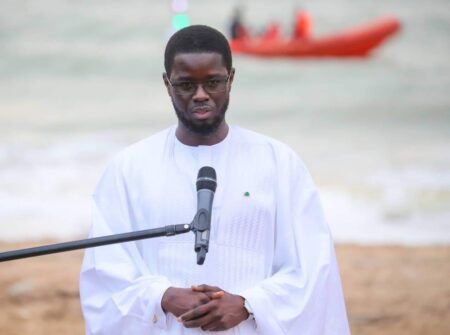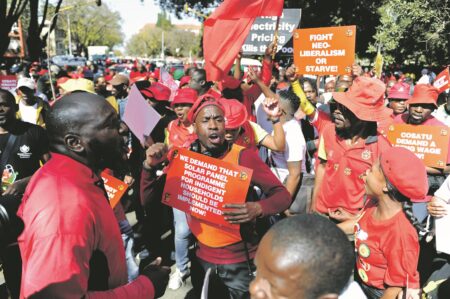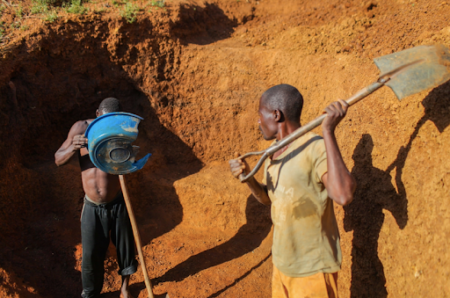- Africa’s low electricity access stresses the need to double more than the efforts to meet SGD 7.1 by 2030.
- In Kenya, data by the lender shows 71 per cent of the population had access to electricity in 2021, compared to about 14 per cent in 2000.
- World Bank further identifies a stark divide in global access to electricity between urban and rural areas.
Sub-Saharan African states have made tremendous progress in electricity access in the past two decades, with the access rate rising from 25 per cent in 2000 to 48 per cent in 2020.
However, according to the World Bank, countries must double their electrification efforts to bring electricity to all by 2030, meeting Sustainable Development Goal Seven.
“Global access to electricity is increasing at a slow pace, with the progress towards achieving universal access to electricity being slow over the last 20 years,” the lender says in its outlook for its 2023 sustainable development goals.
“The share of the global population with access to electricity increased from 78 per cent in 2000 to 91 per cent in 2020.”
It, however, says that based on current trends, this figure is expected to rise only marginally from 91 per cent in 2020 to 92 per cent by 2030.
African regional and country focus
In Kenya, data by the lender shows 71 per cent of the population had access to electricity in 2021, compared to about 14 per cent in 2000.
The entire Sub-Saharan African population stands at 50 per cent of the population as of 2021, from 25 per cent in 2000.
World Bank reiterates that one out of two people in Sub-Saharan Africa lacked access to electricity in 2020, stressing the need to double the efforts to meet the SGD 7.1 by 2030.
Read also: Three Green Energy Projects Show Potential of Investing in Africa
It identifies the conflicting challenge poor states often face of bringing electricity to all and, at the same time, increasing the proportion generated using renewable sources to reduce greenhouse gas emissions, noting that both targets must be addressed simultaneously.
“The urban-rural gap in access to electricity is also another significant concern that needs accelerated intervention,” the lender adds in part.
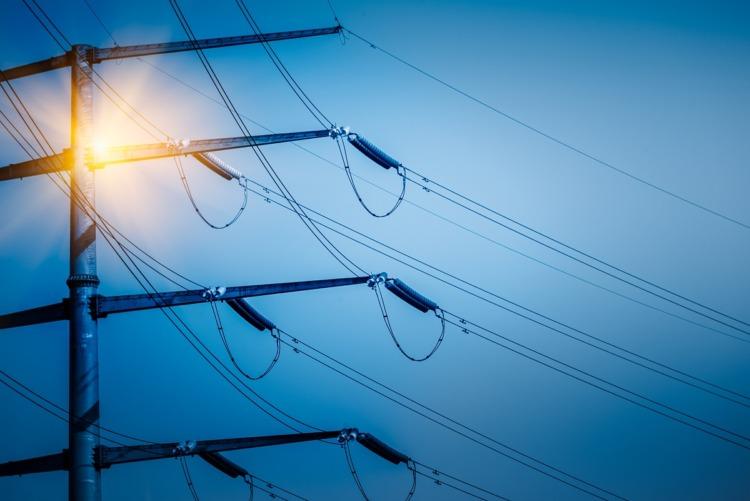
The report identifies a stark divide in global access to electricity between urban and rural areas.
In 2020, close to 733 million people worldwide lacked access to electricity, with around 80 per cent of them found to be living in rural areas.
The lender says this is most evident in Sub-Saharan Africa, where almost 60 per cent of people live in rural communities.
Read also: Africa will need pragmatism, not idealism, to achieve a just energy transition
“In this region, the proportion of residents with electricity was 28 per cent in rural areas compared to 78 per cent in urban areas in 2020. Overall, in Sub-Saharan Africa, approximately 476 million rural residents lack access to electricity.”
Supporting trajections to electricity access
The International Energy Agency concurs with the World Bank’s trajectory, saying early this year that about 600 million people in sub-Saharan Africa do not have regular access to electricity, which is a significant break in economic growth.
It says this on the back of the challenges facing African utility providers, making them run to stand still, incurring mounting debt levels to maintain energy prices at affordable levels, with the maintenance and extension of national grids suffering as a result.
“As a result, the number of people on the continent that gained electricity access via a grid connection or a mini-grid dropped by up to 50 percent in 2022,” the IEA noted in a recent report.
“Setbacks were observed in almost 80 percent of countries in sub-Saharan Africa, notably in the Democratic Republic of the Congo, Ethiopia, Sudan, Tanzania and Uganda.”
Amid such challenges, a new generation of smaller solar providers providing mini-grid and home solutions are stepping into the breach, offering more localised solutions that can provide a more reliable service than many national utilities and are often better suited to extending access in more remote areas.
Read also: Energy outlook: access to electricity in Africa still short of SDG7





